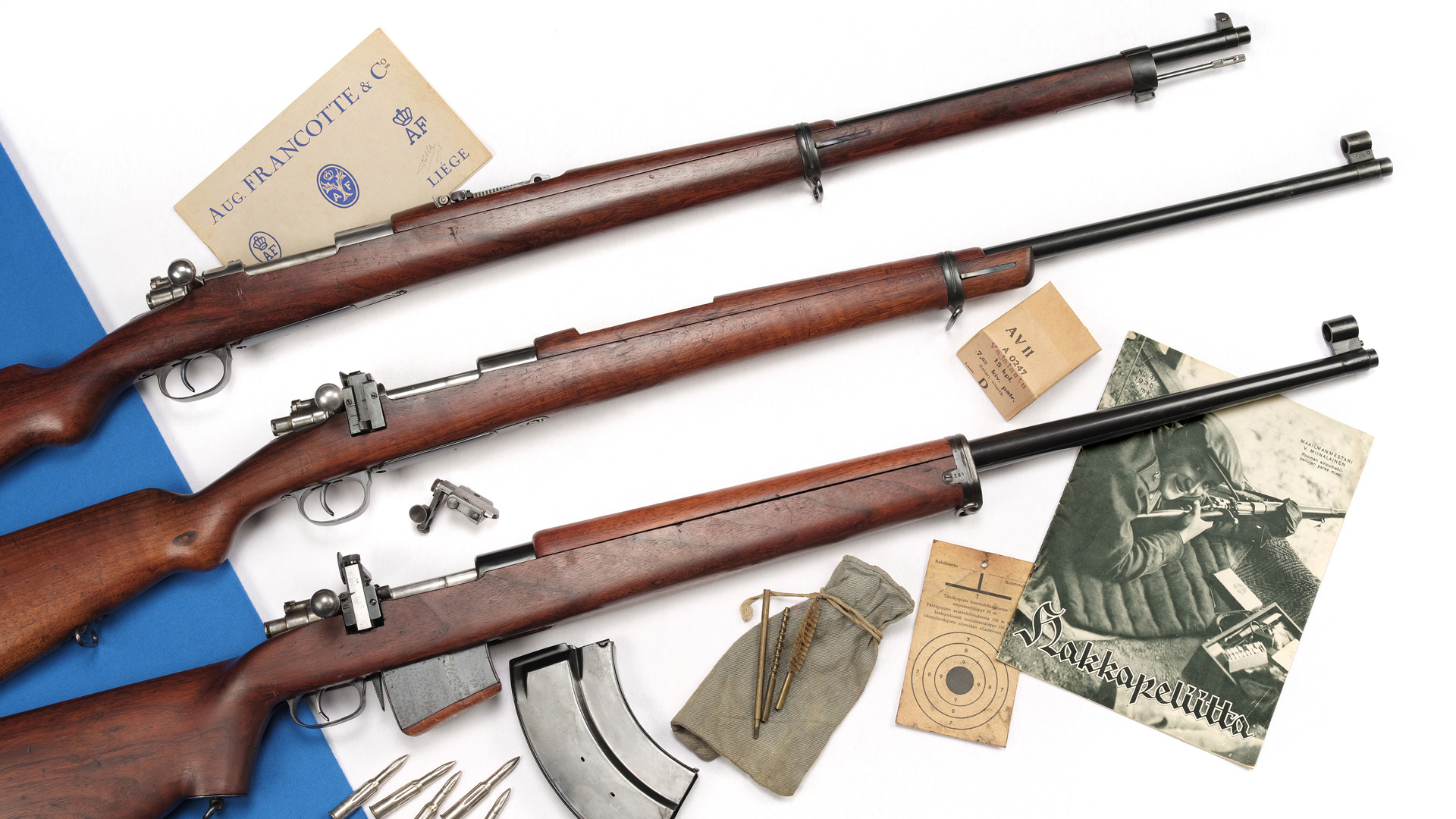
If you’ve had the news on at all, you have, no doubt, come in contact with the term “supply chain.“ While newsreaders seem principally occupied with the acquisition of toilet paper, the supply chain is slowly wreaking some havoc among companies in the firearm industry as well.
When it comes to guns and ammunition, you can loosely define "supply chain" as the journey that raw materials go through as they are turned into finished products, then sent to distributors, and then eventually dealers and finally consumers.
For the most part, America’s firearm and ammunition manufacturers are running at what capacity is possible due to the restrictions imposed by social distancing. If you ever watch “American Rifleman TV,” you’ll see that sometimes those workers on the factory floor are often pretty close together, especially in assembly and packing operations.
At least one company I spoke to is at 60-percent output because of the requisite barriers, protective equipment and spacing needed to keep their workers safe. That maker has no reported COVID-19 cases. That is not the case at all gun makers. It tends to follow how hard a state has been hit. Some states only have a handful of confirmed cases and others have so many that it is straining the healthcare system to the breaking point.
Other companies have become creative in terms of how many shifts they run and how many people are working each shift. Again, this is to keep workers safe and production flowing. Reducing the number of employees in the building per shift and spreading them out over three shifts is one way that some companies are still at pretty much full capacity.
There seems to be have been little in the way of disruption due to transportation issues; the truckers have been delivering raw materials and taking finished products into distribution. At times, though, disruption has struck the distributors, with at least two major distributors having to shut down their loading docks–both in and out–due to employee illness and a lack of workers. That seems to have worked itself out by now.
But there is a shortage that has already reached some manufacturers and is on the horizon for others. That is a lack of raw materials, meaning steel, copper and lead.
Then there is the fact that many of the vendors, unlike firearm and ammunition manufacturers themselves, are considered “non-essential.” There are also critical finishing operations, such as chrome-lining barrels or anodizing aluminum, that are often done by outside vendors. If your metal-finish shop is closed, so are you.
This applies to small parts, as well, including the small “bits” of guns – springs pins and screws. Pretty much no major gun company makes that sort of thing by itself anymore.
That’s the thing about firearms; you need all the parts. Without all the parts, whether a receiver is serial-numbered or not, the gun is not finished.
As of now, most of the large manufacturers are in good shape when it comes to raw materials, but amounts and pricing have dipped and spiked, respectively, in recent weeks.
At least one major gun company makes all its major parts in the northeast, then ships them to the south for assembly. When those parts run out, the line will slam to a halt.
When it comes to imported firearms, availability is largely determined by the impact of coronavirus in the country of origin. In Italy, for example, just about every company you’ve ever heard of has been shut down, although they cranked out and shipped as much product as they could before nationwide quarantine went into place. Also hard-hit was ammunition manufacturing in that nation.
Many of the firearms imported these days come from Turkey, and there are restrictions there on who can work and when as set by by regional governments. That said, major importers, such as European American Armory, have guns coming in just about every single day.
Demand may not be as high as it was during the frenzied last week of March, when some retailers reporting unparalleled demand for guns–evidenced by the record number of NCIS checks. Although such checks are not a perfect barometer of new firearm sales, they can show that lawful firearm purchases were indeed up significantly. Regardless, many folks are still seeking the means to lawfully and adequately defend themselves and their families.
For those people, manufacturers are doing their best to meet demand and keep their workers on the job—and safe.





































